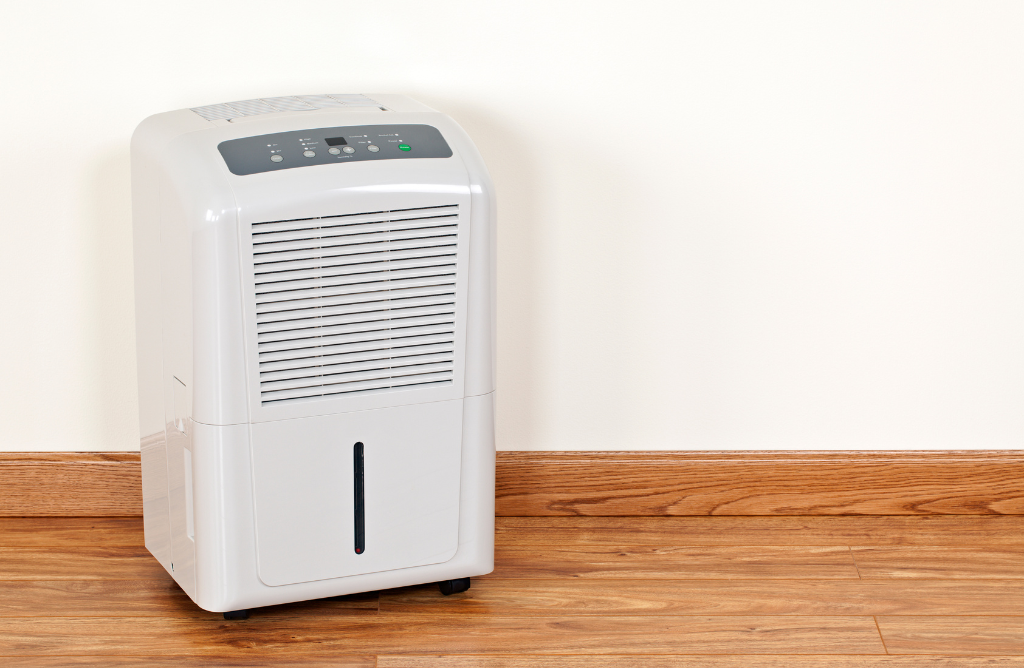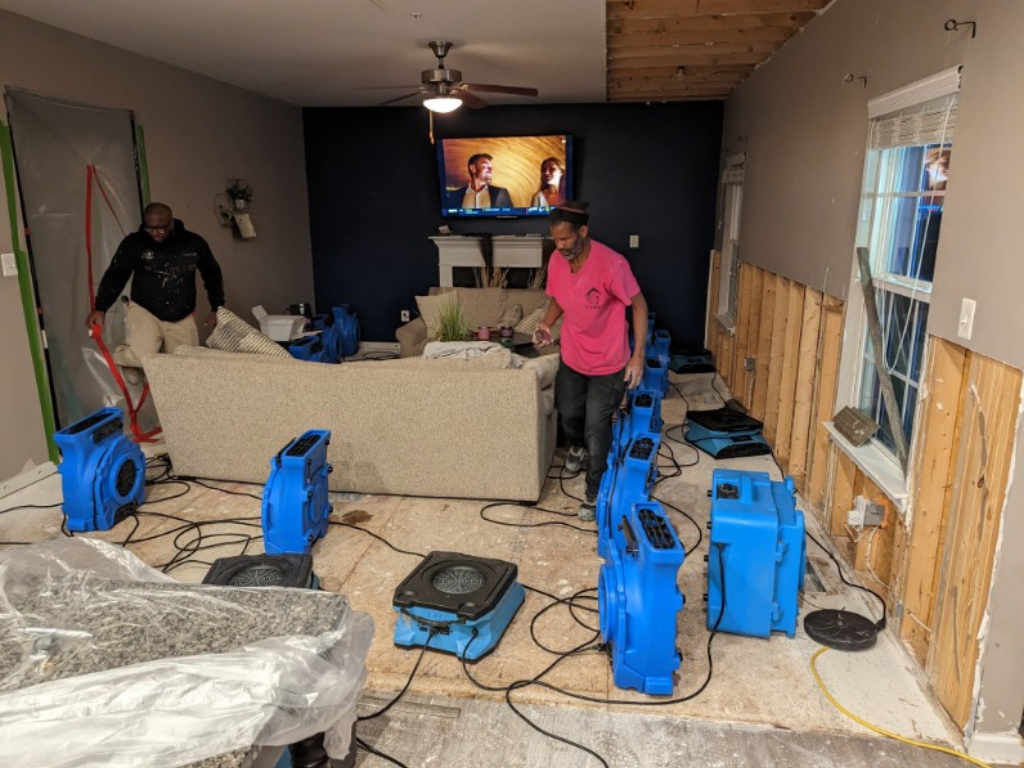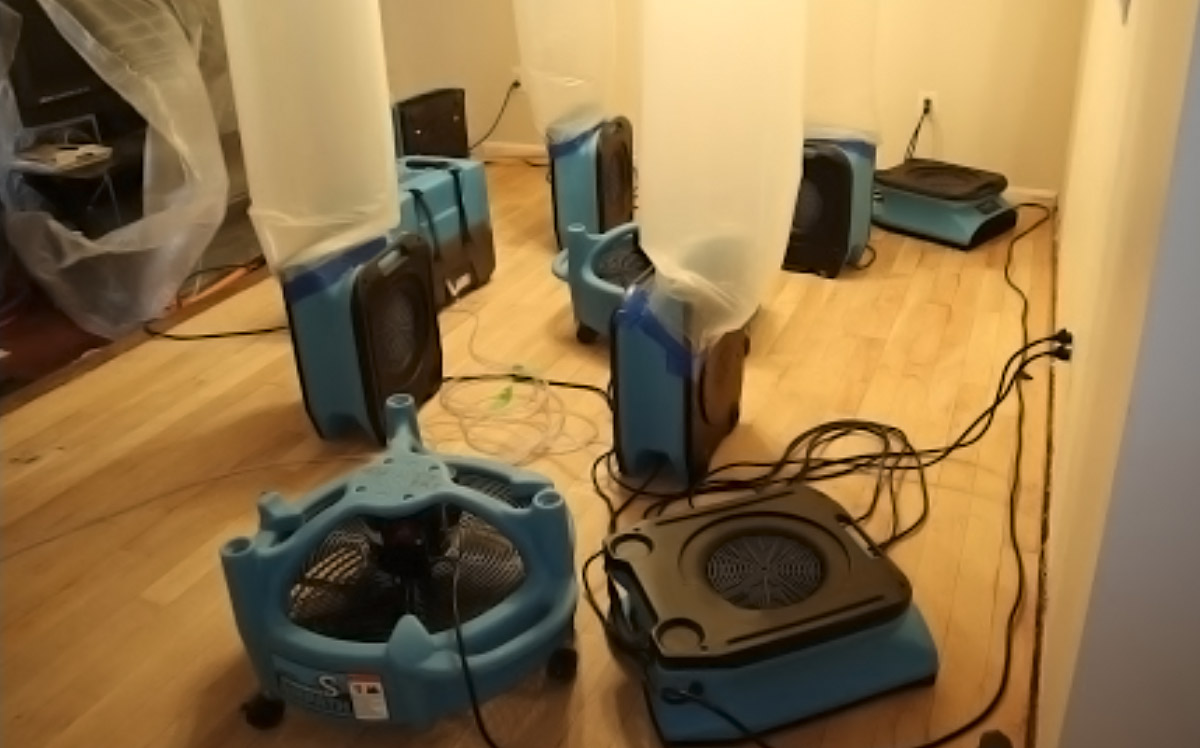Mold is a dreaded household presence often associated with bacterial growth, which prompts homeowners to fear the onset of bacterial infections. Can dehumidifiers provide a solution?
Dehumidifiers are a highly effective strategy to combat mold, functioning by reducing the humidity in closed home environments. These devices extract moisture from the air, thus limiting the level of humidity in the environment. This inhibition of moisture significantly curbs any potential growth, including mold.
How Does Mold Grow?
Mold is a fungal growth that prefers damp and moisturized areas. It is commonly found underneath faucets, in tubs, and around leak-prone areas. Any environment exposed to high moisture levels, including areas around pipes, tiles, wallpaper insulation, and carpets, is susceptible to mold growth.
Is Mold Bad?
Mold is generally considered harmful because it not only detracts from the aesthetic appeal of your home but also poses health risks. Mold, an algal bloom, can present threats to human health.
While mold-related infections aren’t common, there’s still a risk of contracting fungal infections from mold. Common symptoms of such infections include a runny nose, red eyes, and wheezing. Besides, the unpleasant sight of furry, stain-like growths on surfaces can be displeasing.
What Are Dehumidifiers?
Dehumidifiers are devices designed to reduce the amount of ambient moisture in the environment. Ideally, indoor humidity levels should be 40-60% to ensure a comfortable living environment.
However, during winter, the moisture level can rise, encouraging mold growth. Signs of high moisture levels include chapped lips, dry skin, and respiratory complications. High humidity levels also affect the structural integrity of concrete structures. They may lead to the rusting and bending of metal components. Paint charring is another indication of high humidity levels.
Dehumidifiers work to counteract these issues by extracting excessive moisture from the environment, trapping the water molecules in a storage tank.

How Do Dehumidifiers Combat Mold?
Mold thrives in damp areas. By reducing moisture, the conditions conducive to mold growth are compromised. Following dehumidification, it’s essential to keep the area dry to prevent mold resurgence. If an area remains dry, mold growth can effectively be inhibited.
Where Should Dehumidifiers Be Positioned?
Dehumidifiers should be placed in areas with visible mold growth and those areas that exhibit dampness. It’s nearly inevitable that mold will develop in any high-moisture area, like after a flooded basement. Therefore, you don’t need to wait until you physically spot mold to install dehumidifiers.
Adopt a proactive approach by placing dehumidifiers in all moisture-prone areas of your home. This preemptive installation can both prevent and eliminate mold growth on various surfaces.
What Are the Indicators of Mold Growth?
Mold can sometimes be challenging to detect. However, some signs of high humidity levels in your home include:
- A musty, damp smell that can be offensive and irritating to the nose.
- Visible condensation that appears in the form of fog.
- Water runoff that creates a sensation of dampness.
- Surfaces rotting due to prolonged exposure to moisture.
- Water damage and stains in plumbing areas.

Seek professional assistance from Top to Bottom Renovation if you suspect you have a humidity problem. We provide professional mold removal and water damage restoration services. Our technicians will assess the situation and advise on the best dehumidifiers to treat and prevent further mold growth.



